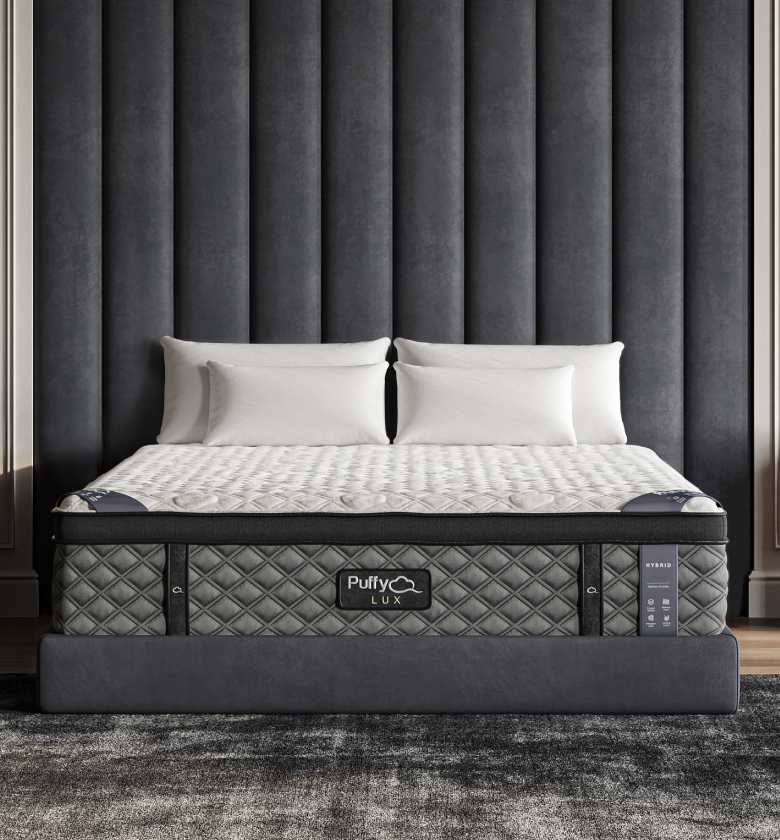Key Takeaways
- A pillow protector and a pillowcase serve different purposes—a protector shields against allergens and moisture, while a pillowcase provides comfort.
- Pillow protectors extend the life of pillows by preventing dust mites, bacteria, and stains.
- Most people use both together, layering a pillowcase over a pillow protector for maximum hygiene and comfort.
- There are various types of pillow protectors, including waterproof, hypoallergenic, and breathable options to suit different needs.
Pillow protectors and pillowcases are often confused, but they serve distinct functions in bedding.
While both cover a pillow, they provide different benefits.
Understanding their differences helps ensure a cleaner, healthier sleep environment.
Is a Pillow Protector the Same as a Pillowcase?
A pillow protector is a fabric encasement designed to protect the pillow from dust, moisture, and allergens, while a pillowcase is a removable cover that provides comfort and enhances aesthetics.
Differences Between a Pillow Protector and a Pillowcase
| Feature | Pillow Protector | Pillowcase |
|---|---|---|
| Purpose | Shields against allergens, dust, and spills | Enhances comfort and aesthetics |
| Material | Typically made of waterproof or hypoallergenic fabrics | Soft materials like cotton or silk |
| Closure Type | Zippered or fully encased | Open-ended or envelope-style |
| Cleaning | Machine washable, often less frequently | Washed regularly with sheets |
| Usage | Placed underneath a pillowcase | Used directly for sleeping |
Do You Put a Pillowcase Over a Pillow Protector?
Yes, it is recommended to use a pillowcase over a pillow protector to maximize both hygiene and comfort.
Benefits of Layering a Pillowcase Over a Pillow Protector
-
Improves cleanliness by keeping oils, sweat, and bacteria from reaching the pillow protector.
-
Adds extra softness and breathability for a more comfortable sleep.
-
Easier maintenance, as pillowcases are washed more frequently than protectors.
-
Enhances aesthetics with stylish fabric designs that match bedding.
Pairing a breathable pillow protector with a luxurious, hypoallergenic Puffy Pillow creates an ideal sleep setup, ensuring protection and comfort in one package.
Can You Sleep on a Pillow Protector?
Yes, you can sleep directly on a pillow protector, but it may not be as comfortable as a pillowcase. Most protectors are designed to be layered beneath a pillowcase.
When to Sleep on a Pillow Protector Alone
-
If it’s made of soft, breathable fabric (e.g., cotton or bamboo-based protectors).
-
During allergy season, as an extra barrier against dust mites.
-
When traveling, using a pillow protector alone may provide better hygiene than an unfamiliar pillowcase.
However, for everyday comfort, adding a pillowcase is recommended to avoid the slightly rough texture of some protectors.
What Type of Pillow Protector Is Best?
Selecting the right pillow protector depends on personal needs and sleeping habits.
Types of Pillow Protectors
-
Waterproof Protectors – Ideal for preventing spills and moisture buildup.
-
Hypoallergenic Protectors – Best for allergy sufferers as they block dust mites and bacteria.
-
Cooling Pillow Protectors – Designed with breathable materials for temperature regulation.
-
Quilted Protectors – Offer extra padding for added softness and durability.
Choosing a cooling, hypoallergenic protector can enhance sleep quality when paired with a supportive Puffy Lux Mattress, helping to maintain a clean and fresh sleep surface.
Conclusion
A pillow protector is not the same as a pillowcase, but they work best together.
While a protector shields against allergens, spills, and bacteria, a pillowcase adds comfort and style.
Using both ensures a healthier, more comfortable sleep experience and extends the life of your pillows.

- 8 layers of cloudlike luxury.
- Medium-plush feel.
- Gel-infused cooling.
- 101-night sleep trial.












